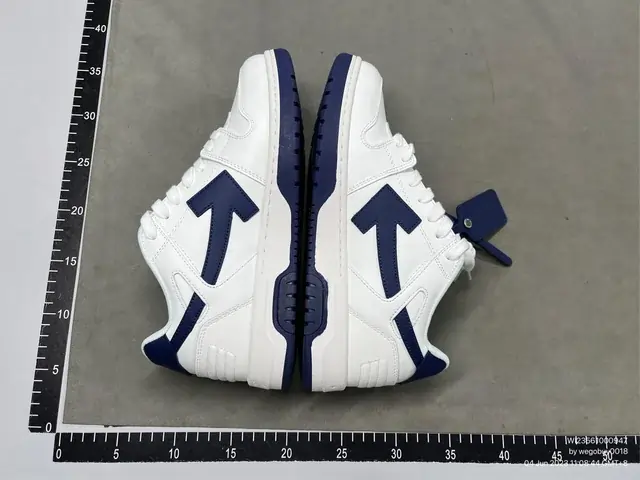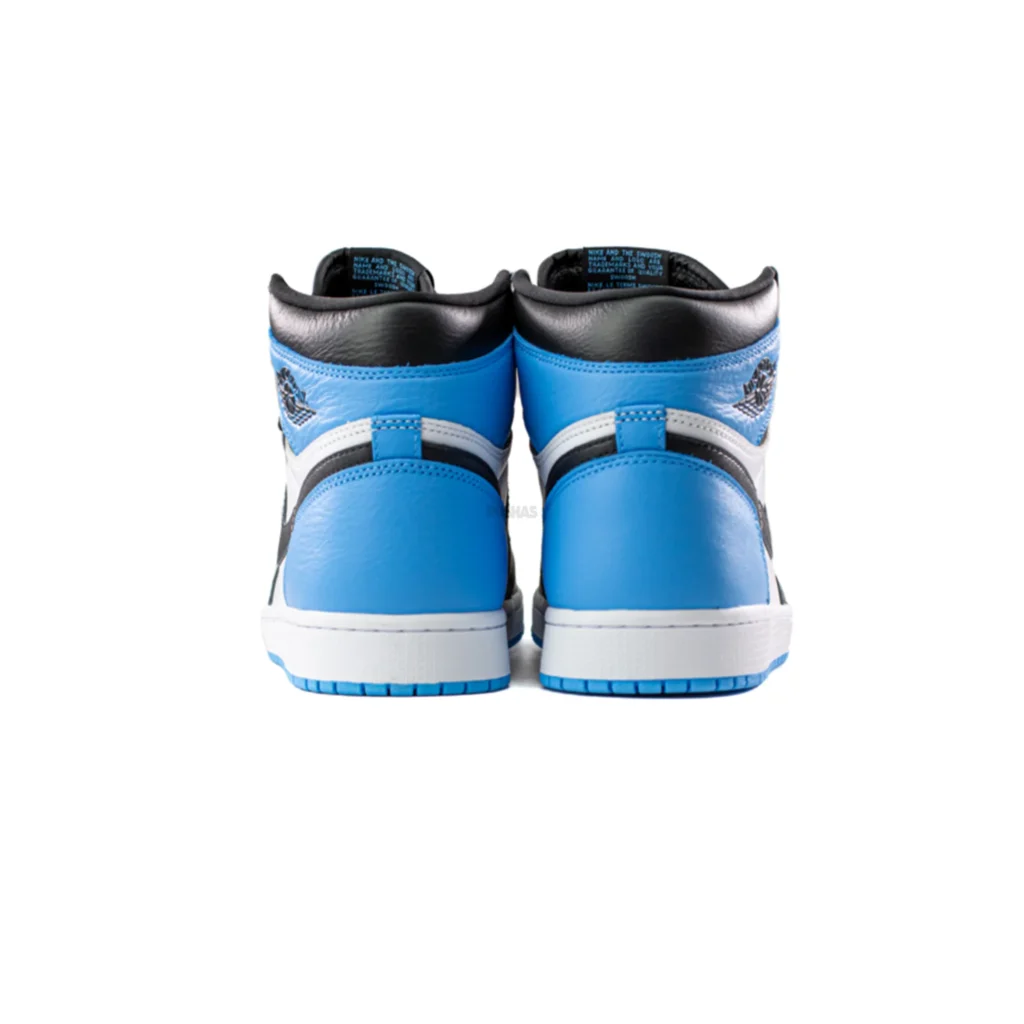In the world of streetwear and high-end fashion, few brands have made as significant an impact as off white reps . Founded by Virgil Abloh in 2012, the brand quickly became synonymous with luxury streetwear, blending high-fashion aesthetics with urban sensibilities. Known for its distinctive designs—featuring bold graphics, zip ties, and the iconic diagonal stripes—Off-White has amassed a loyal following of fashion enthusiasts and sneakerheads.
However, as with any successful brand, Off-White has become a target for counterfeiters and replica manufacturers. Off-White “reps,” or replicas, are imitation products designed to look like authentic Off-White pieces but are produced without the brand’s permission. These replicas are sold at a fraction of the cost of genuine Off-White products, leading many to wonder about the growing popularity of these items, the implications of purchasing them, and whether they pose a threat to the fashion industry.
What Are Off-White Reps?
Off-White replicas are counterfeit versions of clothing and footwear designed by the brand. These fake items are made to resemble the original Off-White pieces in design, logo placement, and overall aesthetics. The goal of these replicas is to mimic the luxury streetwear look without the hefty price tag.
The replicas can vary in quality, with some being barely distinguishable from the original products, while others are easily identifiable due to poor craftsmanship and inferior materials. Some Off-White reps are made in small factories and sold through online marketplaces, while others are produced in larger-scale operations that specialize in creating counterfeit designer goods.
Why Are Off-White Reps So Popular?
The appeal of Off-White reps stems from several factors.
1. Affordability: One of the main reasons people opt for Off-White reps is the cost. Off-White products are known for their high price points, with hoodies, t-shirts, and sneakers often selling for hundreds or even thousands of dollars. For many consumers, this price tag is simply too high, leading them to search for more affordable alternatives. Reps can be found for a fraction of the price, making them more accessible to people who may not have the budget for authentic Off-White pieces.
2. Fashion Trends: Off-White has become a major player in the world of streetwear, with its designs often seen on celebrities, influencers, and fashion icons. Owning an Off-White piece is seen as a status symbol in many circles, and the brand’s association with high fashion and exclusivity adds to its appeal. Fake Off-White items allow consumers to replicate this look without paying premium prices.
3. Sneaker Culture: Off-White’s collaborations with Nike and other sneaker brands have created a massive following among sneakerheads. Limited-edition Off-White sneakers, like the “The Ten” collection, are highly coveted and difficult to acquire. Many sneaker enthusiasts turn to replica versions in an attempt to get their hands on these exclusive designs, even though the real thing may be sold out or priced at astronomical rates on the resale market.
4. Social Media Influence: Social media platforms, particularly Instagram, have amplified the desire to own luxury fashion items. Influencers and fashion bloggers often showcase high-end clothing and footwear in their posts, and many of them wear Off-White pieces. For individuals looking to emulate their style, purchasing a replica can seem like a way to stay on trend while avoiding the cost associated with buying authentic items.
The Risks of Purchasing Off-White Reps
While the allure of Off-White reps may be strong, there are several risks associated with buying and wearing counterfeit products.
1. Poor Quality: One of the main drawbacks of replica items is their inferior quality. Fake Off-White products are often made with cheap materials that don’t hold up to the same standards as genuine pieces. The stitching may be uneven, the fabrics may feel flimsy, and the logos may be poorly executed. This lack of attention to detail can result in a subpar product that doesn’t deliver the same comfort or longevity as an authentic Off-White item.
2. Ethical Concerns: The counterfeit industry is largely unregulated and often involves unethical practices. The factories that produce fake Off-White items are not held to the same labor standards as those that manufacture authentic goods. Workers in these factories may be subjected to poor working conditions and low wages. By purchasing Off-White reps, consumers are indirectly supporting these unethical practices.
3. Legal Issues: Buying and selling counterfeit goods is illegal in many countries. While the risk of legal consequences for individual buyers is generally low, reselling fake Off-White items can lead to serious repercussions. Those caught selling counterfeit goods can face hefty fines and even imprisonment, as counterfeit products violate intellectual property laws.
4. Damage to the Fashion Industry: The popularity of replicas undermines the integrity of the fashion industry. When consumers choose to buy fake Off-White products, they are depriving the brand and its designers of revenue. This can harm the overall creative process by disincentivizing brands from producing new and innovative designs. Additionally, counterfeit goods can dilute the value of authentic products, which negatively affects the entire fashion ecosystem.
How to Spot Off-White Reps
For those who want to avoid purchasing fake Off-White items, it’s important to know how to spot replicas. Here are a few tips:
1. Check the Price: If the price of an Off-White item is too good to be true, it probably is. Authentic Off-White products are expensive due to their quality, craftsmanship, and brand prestige. Be wary of items that are sold at deep discounts, especially from unverified sources.
2. Examine the Craftsmanship: Authentic Off-White products are made with attention to detail, and their quality is evident in the stitching, materials, and construction. Counterfeit items often have irregular stitching, poor-quality fabrics, and poorly applied logos.
3. Look for Authenticity Cards and Tags: Off-White products typically come with authenticity cards, care tags, and branded packaging. If these are missing or look poorly made, the item may be a fake.
4. Buy from Authorized Retailers: The safest way to ensure you’re buying an authentic Off-White item is to purchase it from an authorized retailer or directly from the brand’s website.
Conclusion
The market for Off-White reps is growing, fueled by the desire to own luxury fashion at a lower cost. While these replicas offer an affordable alternative to genuine Off-White products, they come with a range of risks, including poor quality, ethical concerns, and legal issues. Consumers should carefully consider these factors before purchasing fake items and opt for authentic products when possible to support the integrity of the fashion industry.



